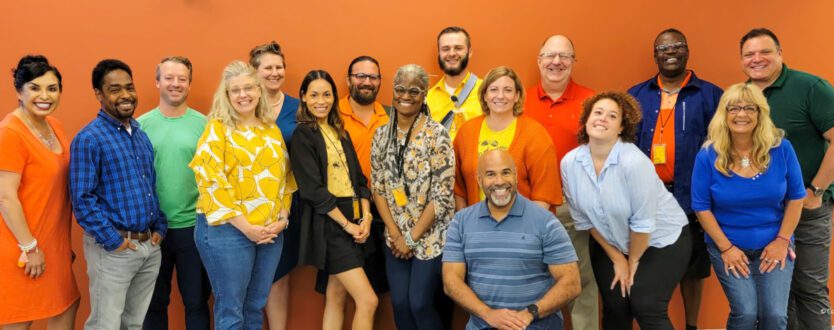
Resilience + Adaptability
The climate crisis is an ever-increasing existential threat to our normal way of life. We can expect more frequent and unpredictable disruptions to the operations of the District and must plan for these with an ability to adapt.
Ideal Future State
Cortex is prepared for a resilient future.
Why Important
Resilience is the capacity for districts to function so that everyone is able to withstand the shocks and stresses they encounter. By addressing resilience, we can anticipate these potential disruptions and prepare for these social, economic, and environmental shocks and stresses.
Objectives / Targets
- Establish climate specific zoning for solar access or shade, wind access or protection, air quality.
- Establish Mixed Use and design for density and diverse populations.
- Provide power backup options for short term outages (Ameren partnership).
- Develop a resiliency disruption plan for occupants/tenants.
- Partner with FEMA for updated flood maps analysis.
- Partner with your Insurance provider for climate risk premium reduction for having resiliency plans.
- Incentivize mixed use with symbiotic relationships (review time of use & resources in evaluating tenants).
- Incentivize distributed energy, community solar, and “island” micro grids when grid goes down.
- Require habitability with resilient safe harbors.
- Any new parking garages should be designed to be adaptable for future re-purposing (no sloped floors!)
Indicators
Envision sustainable infrastructure rating system; LEED resiliency pilot innovation credits.
Baselines
No current baseline for resiliency.
Future Targets
- Prepare a stresses/shocks/vulnerability assessment by 2026 .
- Have a formal and ongoing resiliency plan by 2030 .
Immediate Steps
Designate specific buildings/areas to function as resilient shelters during natural disasters.
Short-Term Steps
- Author a Resiliency Operations/Disruption Plan in coordination with stakeholders as goals and actors become identified.
- Look for outside funding to support these types of things. DOE grants could potential to do that.
- Develop a ‘wish-list’ document and then keep an eye on DOE grants as they are made available.
Long-Term Steps
Develop a power disruption and infrastructure plan for key facilities.
Challenges
Resilience is often overlooked as an aspect of sustainability that rarely has a budget until things go wrong. We must work with property owners and tenants to jointly draft and co-author the first resilience plan document to reduce the burden.

